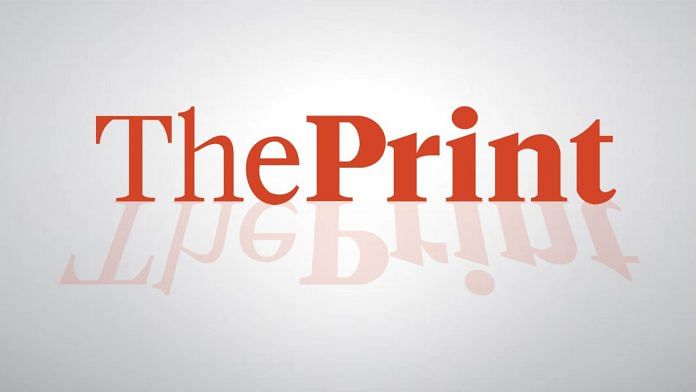New Delhi, Aug 1 (PTI) The Delhi High Court has held that creating a safe environment for children cannot be restricted to physical spaces and the modern world demands that equal protection be extended to digital spaces where minors spend considerable time, often for educational purposes.
The court made the observations while dismissing a man’s plea challenging his conviction and five-year jail term in a case of sending obscene messages and morphed photographs of a girl, a class 11 student, on her mobile phone and threatening to circulate them online.
The high court expressed deep concern over the use of technology to commit cyberbullying, an act which, while faceless and silent, can be as mentally traumatic and scarring as physical violence, especially when directed towards children.
“This court is also of the view that creating a safe environment for children cannot be restricted to physical spaces alone. The modern world demands that equal protection be extended to digital spaces, where children are now spending considerable time, often for educational purposes,” Justice Swarana Kanta Sharma said in a judgement passed on July 28.
The court noted that tablets, mobile phones and internet access have become essential tools for learning, especially in the aftermath of the COVID-19 pandemic.
However, the present case demonstrated the dark side of such access, that is, where a child’s electronic device was misused as a medium of abuse, it said.
Upholding the man’s conviction, the court said the prosecution has succeeded in proving the case beyond reasonable doubt through the consistent and corroborated testimonies of the victim and her mother, supported by expert evidence and the FSL report.
The court observed that threats extended in cyberspace can never be taken lightly and that the harm caused is not mitigated by the fact that there was no physical contact.
“A morphed image, once created and circulated, can cause long-term damage to a child’s mental health, dignity and her reputation. The fear of such circulation alone, even if the image is never actually published, is enough to terrorise a young mind,” it said.
The case reflected a textbook example of cyberbullying, where an adolescent girl, who was pursuing her studies, became a victim of a targeted assault on her privacy and dignity.
It said the act of morphing her face onto an obscene image and coupling it with threatening messages not only sought to shame her but was intended to coerce her into submission through fear.
“Such conduct, in the virtual world, has very real and devastating consequences in the real world”, it said.
While refusing to reduce the convict’s sentence, the court said his plea for leniency stood on a fragile footing and that the law must send a “clear message that crimes committed in cyberspace against children are taken with utmost seriousness” and will attract consequences that reflect the gravity of the impact on the victim.
“Therefore, while this court remains cognisant of the complexity of crimes committed through digital means, it also acknowledges the equally compelling responsibility of the justice system to evolve with time. It is important to not only detect and punish such crimes effectively but also to affirmatively uphold a child’s right to safety, dignity, and mental well-being in such cases,” the court said. PTI SKV DIV DIV
This report is auto-generated from PTI news service. ThePrint holds no responsibility for its content.




